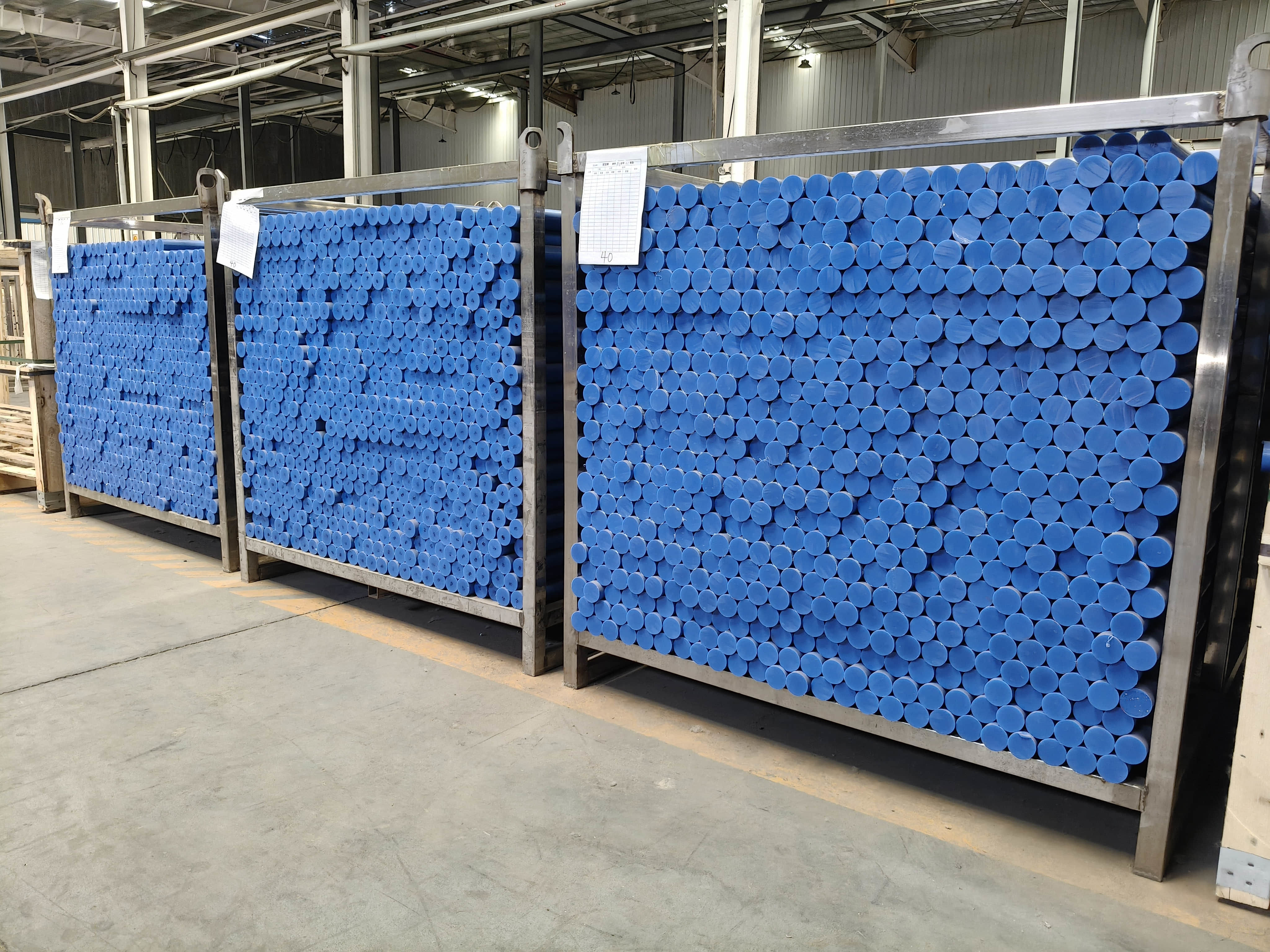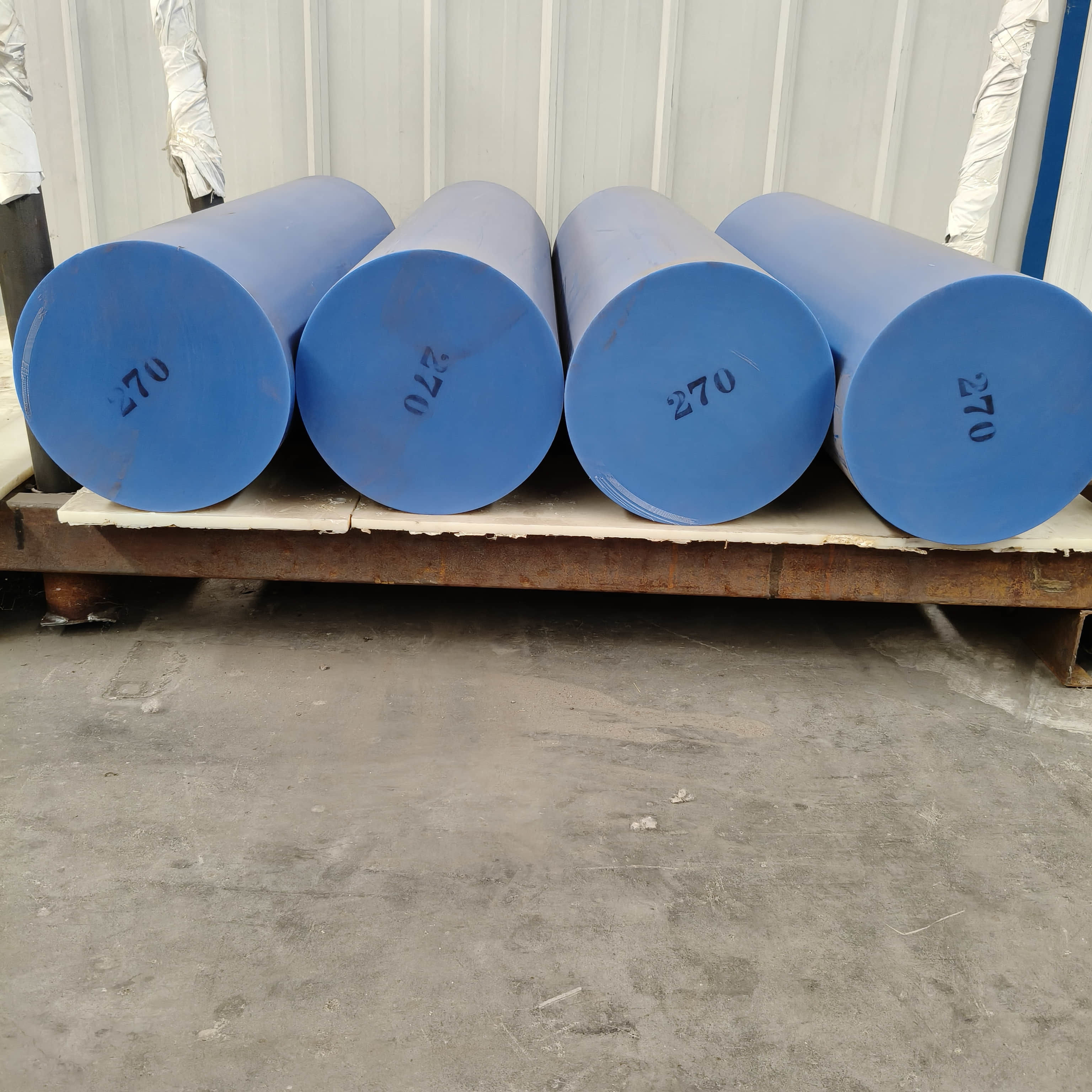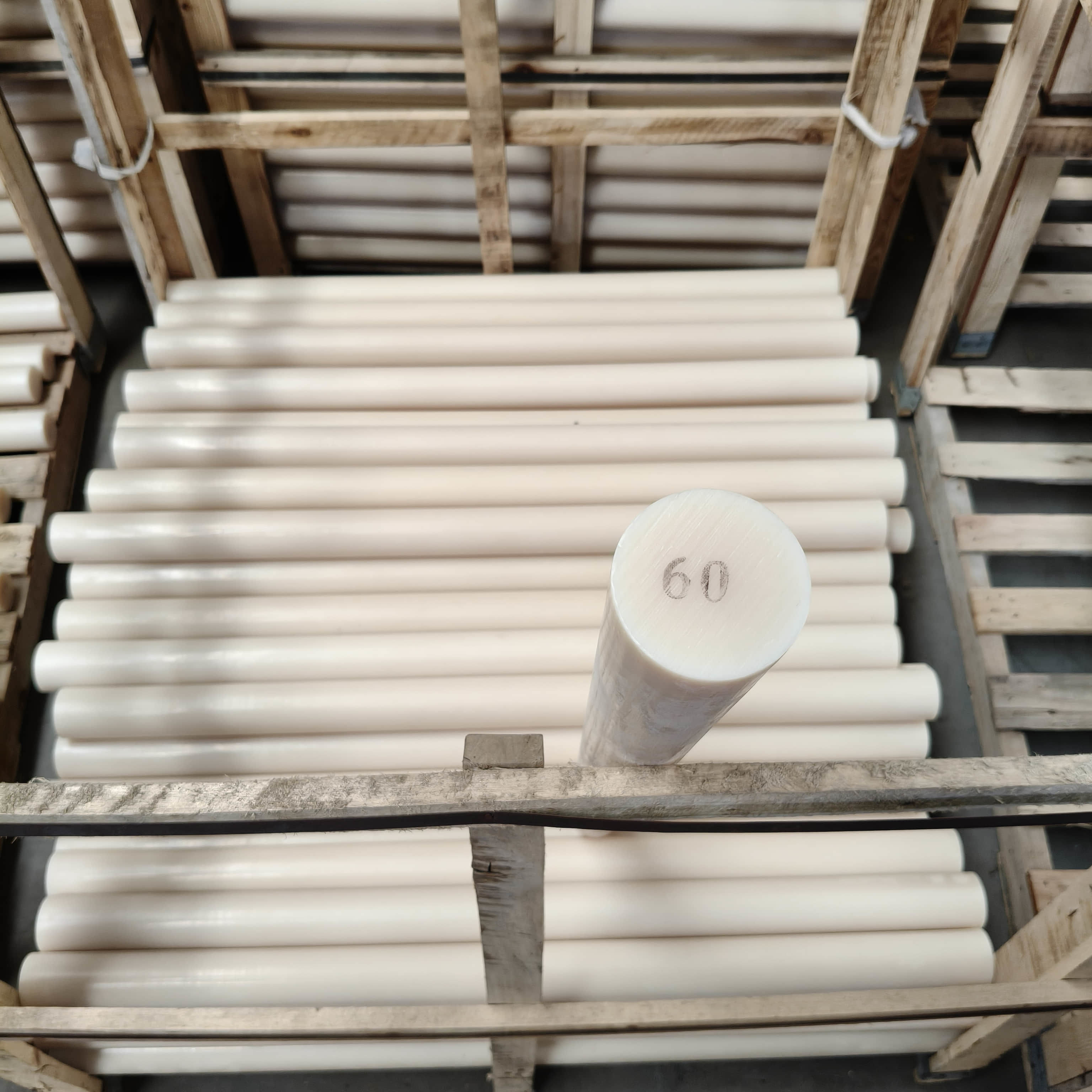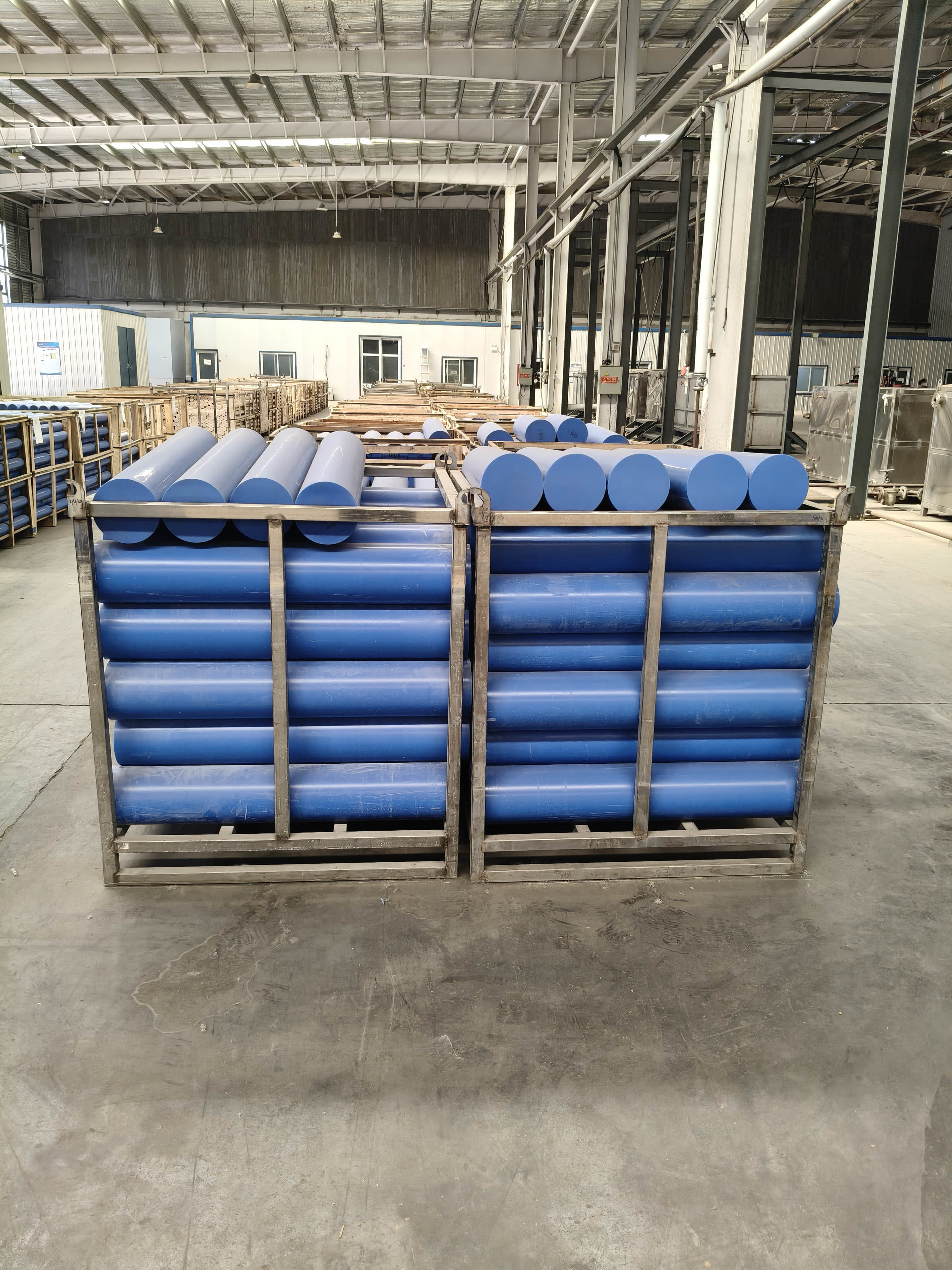MC Nylon vs Extruded Nylon: How to Make the Right Choice On-Site
2025-10-02

Why Compare MC Nylon and Extruded Nylon?
In industrial procurement and equipment maintenance, engineers often face a common dilemma: why do nylon materials come with such different price tags?
When choosing between MC (monomer casting) nylon and extruded nylon, the key concerns are durability and cost-efficiency. A wrong choice could result in shorter service life, unplanned downtime, or inflated expenses.
What Is MC Nylon? What Is Extruded Nylon?
MC Nylon (Monomer Casting Nylon): Produced through anionic polymerization and direct casting, MC nylon has a higher molecular weight and a more uniform structure. It is suitable for large-size and heavy-duty components.
Extruded Nylon: Manufactured through melt extrusion, this process provides efficiency and consistency. However, due to limitations in molecular structure and size, extruded nylon offers moderate performance compared to MC nylon.
👉 In short: MC nylon is the heavy-duty, durable option, while extruded nylon is the economical, general-purpose choice.
Types and Comparison
| Criteria | MC Nylon | Extruded Nylon |
|---|---|---|
| Molecular weight / performance | High molecular weight; superior wear and impact resistance | Lower molecular weight; moderate performance |
| Size options | Can be cast into large diameters, thick plates, or custom shapes | Limited to standard rods/plates |
| Machinability | Stable cutting, minimal deformation | More prone to warping due to internal stress |
| Cost | Higher upfront cost, but significantly longer service life | Lower cost, ideal for disposable or short-term parts |
| Typical applications | Gears, bushings, pulleys, large transmission components | Gaskets, spacers, light-duty structural parts |
Deep Dive: How to Choose On-Site?
High load & long lifespan → Choose MC nylon (e.g., gears, pulleys, food machinery parts).
General parts & cost priority → Choose extruded nylon (e.g., inserts, spacers).
Parts larger than 300 mm → MC nylon is the only option (extrusion is size-limited).
Frequent replacement parts → Extruded nylon offers quicker turnaround and lower replacement costs.
Bonus Tips
For low-noise and chemical resistance, MC907 is the preferred option.
For gears or pulleys, MC901 provides superior wear resistance.
In stocking strategy, consider using both: MC nylon for critical parts, extruded nylon for standard ones—balancing cost and reliability.
Key Takeaway
Both MC nylon and extruded nylon have their strengths: MC nylon provides stability and durability for heavy-duty applications, while extruded nylon is cost-effective and versatile for general-purpose parts.
When making the decision, evaluate application requirements, size limitations, and total cost cycle.
A balanced approach delivers both reliable equipment performance and cost-efficient procurement.
TAG:
Previous
Related News
How to Choose Sliding Parts: On-Site Differences Between PA6 and POM





